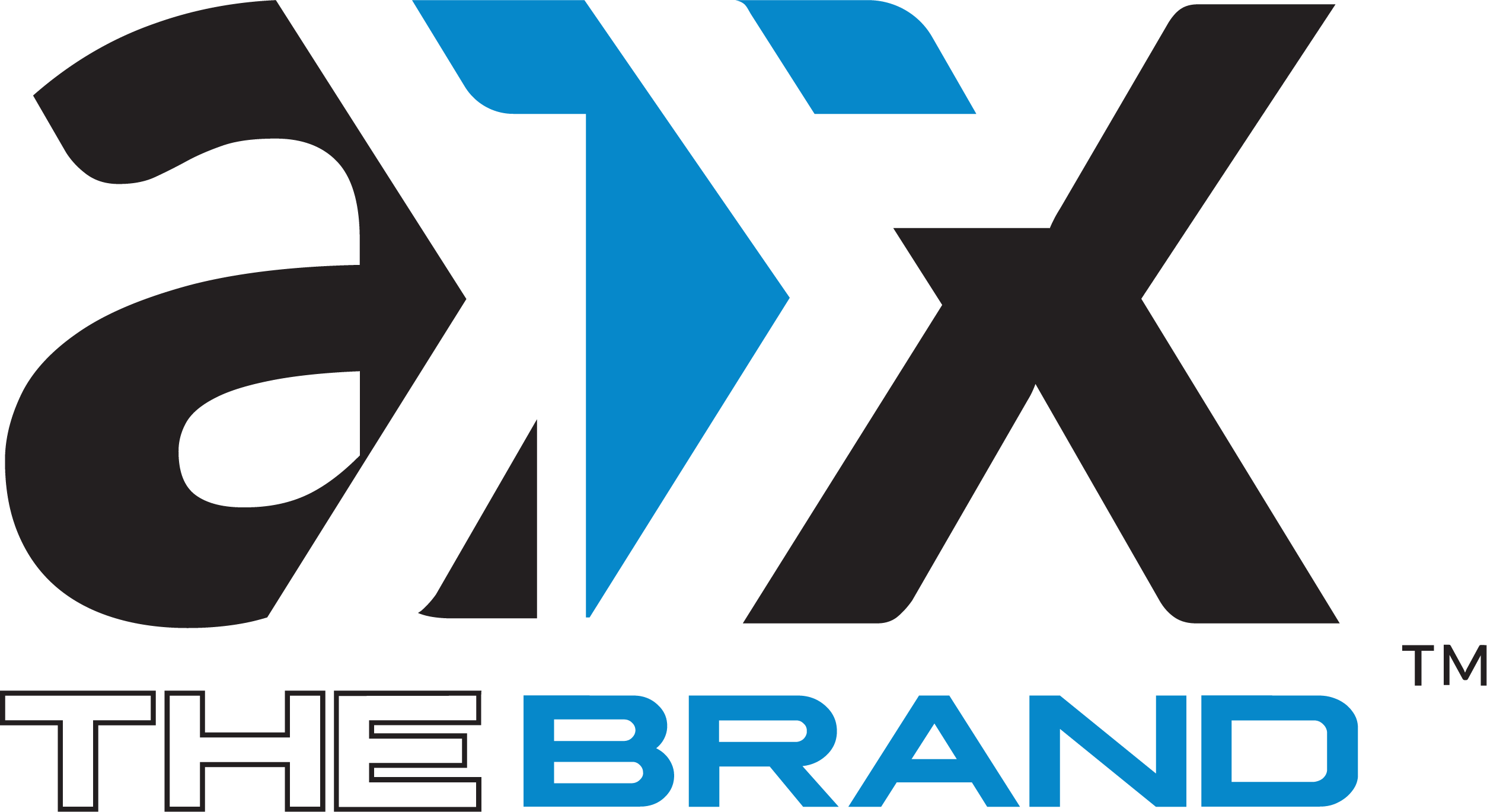When it comes to web design, you often get what you pay for. Companies that initially present a low budget for creating your website might cut corners that detract from your site and online brand. Or, in some cases, might have hidden costs leading to a final bill that is higher than what you expected. In either case, here are some tips for avoiding overpaying for your web design project.
The Allure of Low Initial Costs
The journey typically begins with the allure of low initial costs presented by a web design agency. Businesses, eager to establish or revamp their online presence, engage with an agency that seems to offer a cost-effective solution. Everything appears promising with a detailed contract outlining the scope of work and associated costs. However, as the project unfolds, additional fees start to rear their unexpected heads.
One common pitfall is the sudden introduction of “custom” features that were not initially discussed. Agencies might argue that these were unforeseen requirements, but a thorough initial assessment should catch most potential challenges. Clients, unfortunately, end up paying hefty fees for features they assumed were included in the initial agreement.
Overbilling for Routine Services
Another deceptive practice that businesses often encounter is overbilling for routine services. Minor design revisions, content updates, or even routine maintenance may come with exorbitant rates that catch clients off guard when they receive their invoices. This overbilling can strain the budget, especially for small businesses or startups working with limited financial resources.
To safeguard against these hidden costs, it’s crucial for businesses to conduct thorough vetting of potential agencies. Ask for a detailed breakdown of costs, inquire about potential additional charges, and ensure that the contract clearly outlines what is included in the agreed-upon price.
The Importance of Communication and Transparency
Communication is a linchpin in the relationship between businesses and web design agencies. Regular check-ins with the agency can help identify any potential deviations from the original plan, allowing for proactive discussions and preventing surprises when the invoice arrives. Establishing a transparent and open line of communication sets the tone for a collaborative and trustworthy partnership.
Tips for Billing Transparency
Navigating the landscape of web design contracts and agreements can be tricky, but implementing these five tips can help you avoid overbilling and hidden costs, ensuring a transparent and fair partnership with your web design agency.
Thoroughly Review the Contract:
Before signing any agreement, carefully review the contract provided by the web design agency. Pay close attention to the scope of work, project deliverables, and any associated costs. Ensure that all features and functionalities you expect are explicitly mentioned in the contract. If there’s any ambiguity or uncertainty, seek clarification from the agency before proceeding.
Request a Detailed Proposal:
Ask the web design agency for a detailed proposal outlining the specific services they will provide and the corresponding costs. A comprehensive proposal should include a breakdown of fees for each phase of the project, such as design, development, and testing. This will give you a clearer picture of how the agency calculates costs and helps identify any potential hidden fees.
Define and Document Project Scope:
Clearly define the scope of your project before commencement. Outline the specific features, functionalities, and design elements you require for your website. Clearly communicating your expectations helps in setting boundaries and minimizes the chances of unexpected costs arising due to unaccounted-for features. If there are any changes or additions during the project, ensure they are documented and agreed upon in writing.
Ask About Potential Additional Costs:
Inquire about any potential additional costs that may arise during the project. For example, some agencies may charge extra for revisions beyond a certain limit or for the integration of third-party tools. Understanding these potential extra costs upfront allows you to budget accordingly and prevents surprises when you receive the final invoice.
Establish a Communication Plan:
Open and regular communication is crucial in avoiding misunderstandings and unexpected costs. Establish a clear communication plan with the agency, including regular project updates and check-ins. This allows you to stay informed about the project’s progress, discuss any potential scope changes, and address concerns promptly. Proactive communication ensures that both parties are on the same page throughout the project, minimizing the likelihood of overbilling or hidden costs.
In conclusion, businesses should be vigilant when entering into contracts with web design and digital marketing agencies. The allure of low initial costs can quickly dissipate when hidden fees and unexpected charges start accumulating. Choose agencies that prioritize transparency and open communication, ensuring a smoother and more predictable financial journey.

